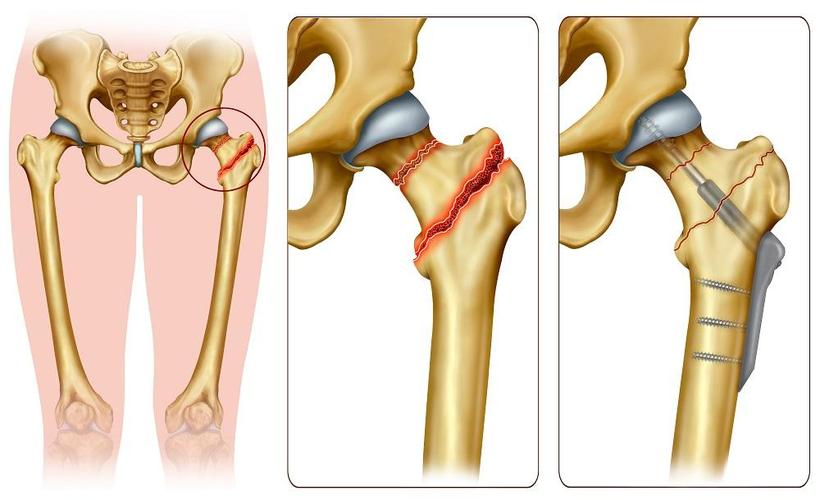Managing vs Treating a Femoral Neck Fracture: What's Your Best Option?
August 25, 2022
What is femoral neck fracture?
A femoral neck fracture occurs when the thigh bone (femur) is fractured immediately underneath the ball of the ball-and-socket hip joint. The femur ball gets separated from the remainder of the femur in this form of fracture. Groin pain is common, and it gets worse if you put any pressure on the afflicted leg.
Hip fractures seem to be more common in older adults, although they can also occur in athletic young people due to falls, car accidents, and stress fractures from overuse. For such a matter, the femoral neck fracture — or other hip fracture — needs to be treated right away to get pain relief.
What causes femoral neck fractures?
The most prevalent cause of femoral neck fractures involves trauma. A fracture in the femoral neck is more likely if you're over 50 or have a health condition that damages the bones, including osteoporosis. Bone cancer is another major risk. Femoral neck fractures among elderly persons are most commonly caused by falls.
These fractures can occur in a young person due to high-energy trauma, including a car accident or even falling from a considerable height. In youngsters, femoral neck fractures are generally uncommon. They could be induced with low bone mass issues, like osteopenia/osteoporosis or through other disorders, including cerebral palsy/muscular dystrophy and high-energy trauma.
How can you manage a femoral neck fracture?
By internal fixation: Metal pegs or screws are used to keep the bone together so that the injury may heal. The hooks or screws are either put through your bone or fastened to a plate that goes down your femur's length.
How can you treat a femoral neck fracture?
Partial Hip Replacement: If the tip of the femur is broken or dislocated, the neck and head of the femur are removed and replaced with metal substitutes. Adults with additional medical issues may benefit from partial hip replacement instead of full hip replacement.
Total Hip Replacement: A total hip repair entails a prosthesis substituting your top femur and cup. According to a study, this sort of surgery offers the greatest long-term results for otherwise healthy patients, who live freely. It is the most cost-effective option since it frequently prevents the need for additional operations in the future.
What is the recovery time?
This is determined by the type of the fracture, overall health, and the surgical technique performed for pain management. Recovery is different for different people. Once you've been released from the hospital, you'll need to undergo rehab. Based on your age and health, you may well be referred to a rehabilitation centre. Physical treatment will be required to help you restore your strength and walking abilities. This might require three months. After hip surgery to fix a fracture, most patients - though not all - recover their movements.
Conclusion
Fractures of the femoral neck are prevalent among the elderly, particularly in individuals whose bones have been compromised by other conditions. By undertaking weight-bearing activities to improve strength plus taking multivitamins to promote bone mass, people may be capable of reducing the chances of femoral neck and other kinds of fractures.
If you have concerns about injuries or chronic groin or hip discomfort, see a doctor. These signs and symptoms might suggest that you have a hip fracture.
Request an appointment at Apollo Spectra Hospitals. Call 18605002244
When you break your femur, ORIF (Open reduction and internal fixation) is used to reposition your bones and aid in healing. When in an open reduction, orthopaedic doctors move your bone fragments during surgery to restore the normal position.
Simple femur fractures with short fissures in the bone normally don't need surgery. Fractures which lead to dislocated or crushed bones must be treated right away.
Physiotherapy may be required at a certain time to recover muscle strength and endurance. Following the instructions for your activities can help you recover completely and get pain relief. The majority of femoral neck fractures heal in four to six months, so you'll be able to continue most of your tasks before that time.
NOTICE BOARD
CONTACT US
CONTACT US
 Book Appointment
Book Appointment


.svg)
.svg)
.svg)
.svg)








